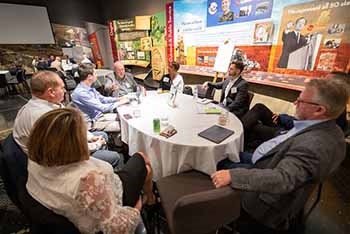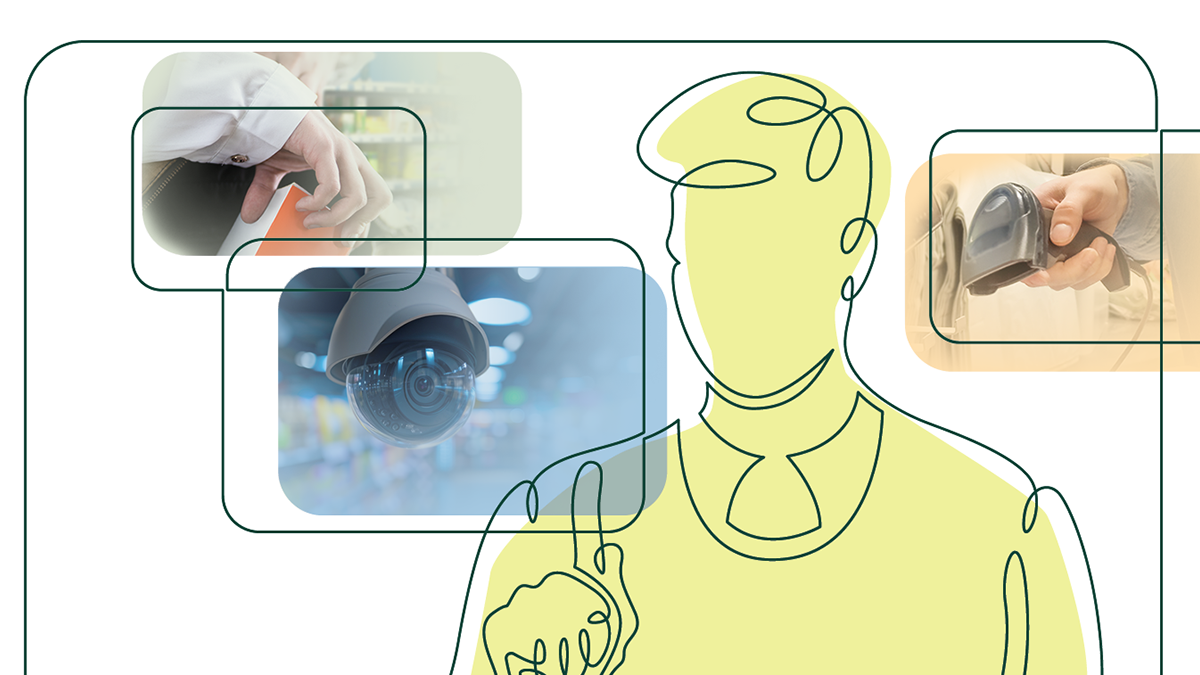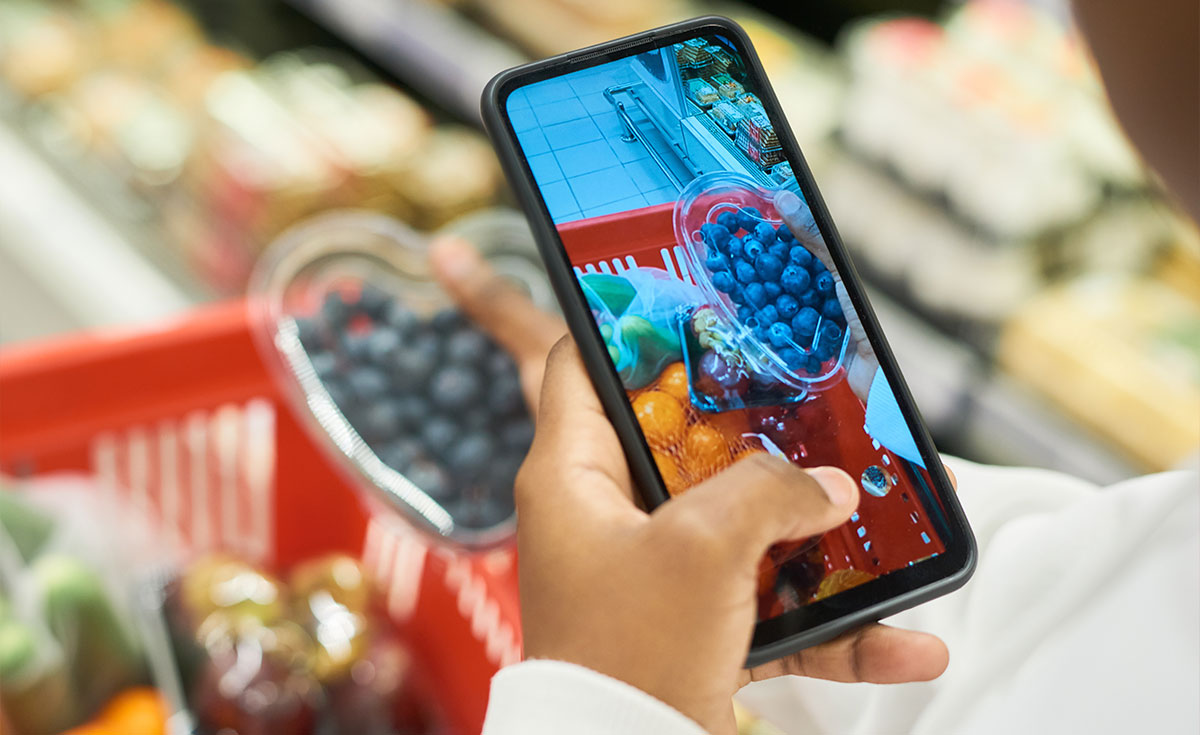By Rick Stein, Vice President, Fresh Foods, Food Marketing Institute

Technology can be a game changer in fresh foods because it brings new solutions to longstanding problems. These include challenges related to inventory, waste, freshness, and food safety. However, the technology story will play out differently in fresh because of the unique aspects of this part of the business.
Consider how Deloitte’s Brian Baker, managing director in the retail and consumer goods practice, framed the topic during a technology panel at the recent FMI FreshForward conference in Minneapolis.
“We in fresh have done things the same way for decades,” he said. “There are new technologies that can really help to give better visibility, insight and actionable information. Technology is enabling fresh to become more predictable, more profitable, smart and connected.”
FreshForward technology panelists outlined opportunities to make more and better use of current and emerging technologies in fresh.
Solutions for Today’s Challenges
It’s imperative for stakeholders to better communicate the benefits of technology for fresh foods, said panelist Michael Lang, partner, Invatron Systems Corp.
“We all need to tell the technology story better in fresh, so the industry understands it and is motivated to act,” he said. “There are tangible operational benefits with some pretty simple technology.”
He explained that technology can make fresh operations more efficient, boost same store sales growth, and reduce shrink. Best of breed technology needs to address the extreme complexities of fresh item management, which vary by category, he added.
Areas of focus need to include demand chain, perpetual inventory, and lead times and labor availability.
Prospects for AI and Machine Learning
Artificial Intelligence (AI) has become a big topic of discussion across food retail, and its relevance in fresh foods needs to be understood, said panelist Nick Ciminillo, vice president of retail solutions, RELEX Solutions.
“There’s a lot of hype around AI disruption,” he said, noting that some of the ultimate supply chain benefits are still in the future. However, “specialized AI” is already solving challenging problems by using machine learning, he added. An example of this is analyzing demand based on weather effects. Moreover, “transparent AI” is being used to help solve repetitive problems, such as finding reasons for regular spoilage of certain products on the same day of the week.
Ciminillo said fresh replenishment is a crucial area for industry focus, and new technologies enable stakeholders to get more granular. This involves analyzing the cost of waste versus the cost of out of stocks, for example, and taking into account differences in demand by day.
Using Technology to Boost the Fresh Supply Chain
Deloitte’s Baker said technology can help battle a longtime challenge like the perpetual waste cycle.
He referred to the term “digital to physical loop” to describe how the value chain can be improved through a new wave of digital technologies. The benefits include waste reduction and improved fresh quality.
Tools such as advanced analytics, AI and machine learning drive the improvements.
There’s also an opportunity to leverage other technologies, including Blockchain, in new ways to benefit fresh, he said.
Identifying Next Steps for the Industry
Attendees at FreshForward broke out into groups after the technology panel to identify key takeaways and next steps for the industry. Some of their suggestions included piloting technologies to build more confidence, creating new industry standards for sharing data, and examining company cultures to ensure that change is being driven from the top. In the coming months, FMI and Deloitte, our FreshForward partner, will help the industry to make progress on some of the most important takeaways.
I believe that technology is essential in fresh, but it’s not a panacea in itself. It needs to be driven by organizations and cultures. The fresh foods industry needs to make use of technology to advance, but it can’t forget that people and internal cultures will make the difference between success and failure.


 Industry Topics address your specific area of expertise with resources, reports, events and more.
Industry Topics address your specific area of expertise with resources, reports, events and more.
 Our Research covers consumer behavior and retail operation benchmarks so you can make informed business decisions.
Our Research covers consumer behavior and retail operation benchmarks so you can make informed business decisions.
 Events and Education including online and in-person help you advance your food retail career.
Events and Education including online and in-person help you advance your food retail career.
 Food Safety training, resources and guidance that help you create a company food safety culture.
Food Safety training, resources and guidance that help you create a company food safety culture.
 Government Affairs work — federal and state — on the latest food industry policy, regulatory and legislative issues.
Government Affairs work — federal and state — on the latest food industry policy, regulatory and legislative issues.
 Get Involved. From industry awards to newsletters and committees, these resources help you take advantage of your membership.
Get Involved. From industry awards to newsletters and committees, these resources help you take advantage of your membership.
 Best practices, guidance documents, infographics, signage and more for the food industry on the COVID-19 pandemic.
Best practices, guidance documents, infographics, signage and more for the food industry on the COVID-19 pandemic.
